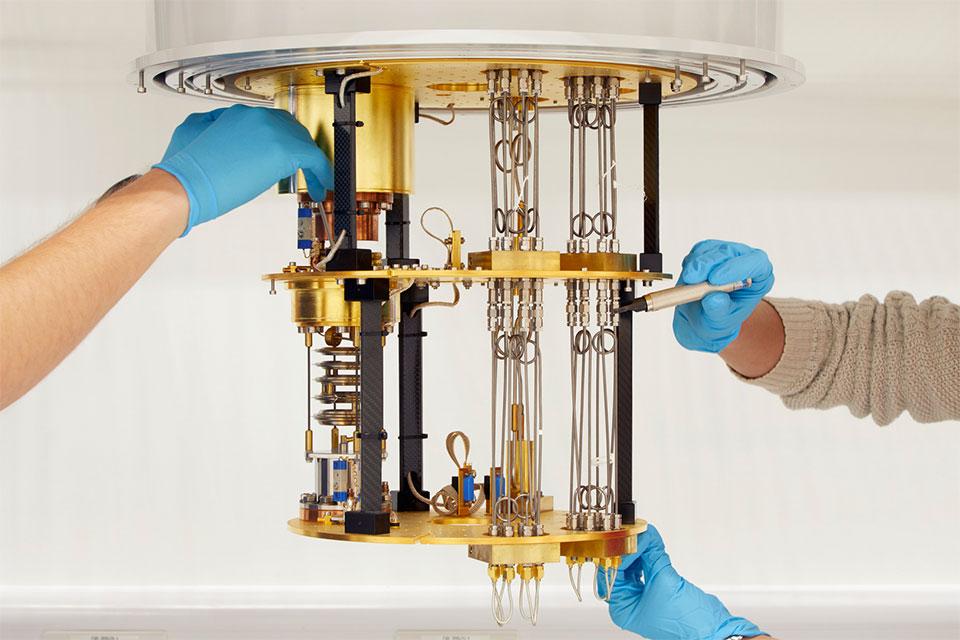Clarendon Laboratory, Department of Physics, University of Oxford, Parks Road, Oxford, OX1 3PU
Nakita K.Noel, Department of Physics, Oxford University
Zoom ID: https://zoom.us/j/91230535380?pwd=cXkwL3k3QW9rVGNQenBUalRRdGM2dz09
Maud Schmitt
Within a decade, there has been a surge of interest into halide perovskite semiconductors. With tunable bandgaps, versatile and facile deposition processes and excellent optoelectronic properties, these materials have found applications in photovoltaics (PV), broad-spectrum photodetectors, light-emitting diodes and lasers. While research into using these materials for emission and X-ray detection applications is now beginning to surge; currently, halide perovskites are most well known for their remarkable PV performance, with perovskite solar cells achieving certified power conversion efficiencies exceeding 25% in a remarkably short developmental timescale. Despite the truly impressive device performance, these materials have not yet reached their full potential. The major obstacle to this is an incomplete understanding of crystallisation processes, as well as defects which exists on surfaces and at interfaces in perovskite thin-films. Deficiencies at these interfaces, likely formed during the crystallisation process, are responsible for the major losses in perovskite-based optoelectronic devices; limiting charge extraction, increasing non-radiative recombination, contributing to hysteresis and increasing the voltage-loss of perovskite photovoltaics.
Herein, I will present various effective strategies to reduce the defect densities of perovskite films and thus improve the performance of perovskite optoelectronic devices. First, I will discuss how manipulating precursor solutions can have significant impact on the quality of the perovskite films, through enabling reduced defect density. Consequently, this is one approach which can be used to boost device performance. Next, I will focus on a strategy in which we utilised molecular dopants to significantly alter the interfacial energetics in order to suppress non-radiative recombination losses. Additionally, we can extrinsically modify the bottom interface of perovskite solar cells such that the crystallization of the perovskite yields films with fewer defects. Specifically, I will show that ionic liquids can have a dramatic effect on the interfacial trap density in a perovskite solar cell.
The utility of these defect mitigation strategies can readily be applied beyond perovskite PV and is likely to also improve the performance of a range of other perovskite-based optoelectronic devices.

